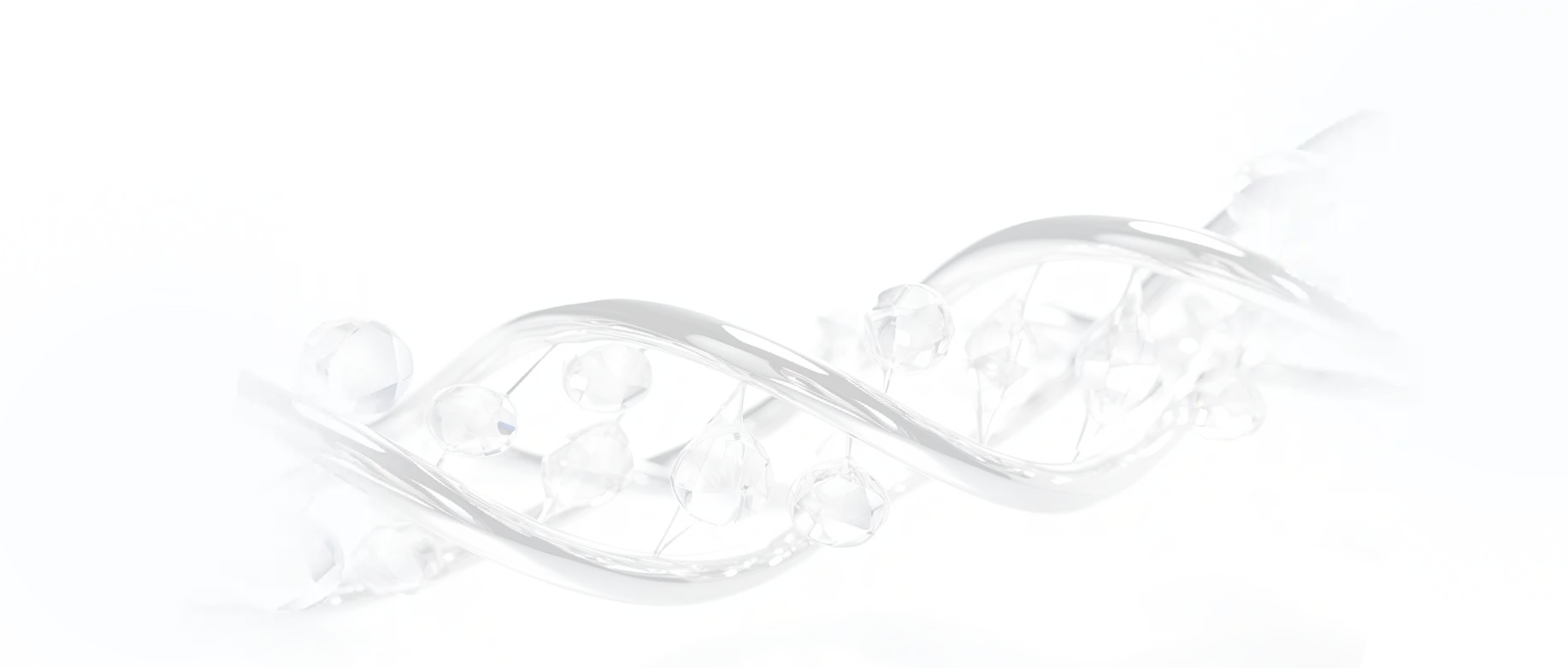- Remove All
 Your shopping cart is currently empty
Your shopping cart is currently empty
Fragment Sources in the Library The structural fragments in the library are derived from three primary sources: Clinical Compounds: Molecules that have undergone testing in clinical trials. Patent Compounds: Molecules disclosed in patent filings. Literature Compounds: Molecules reported in peer-reviewed scientific publications.
Design Strategies The design strategy incorporates two key approaches: Rational Design (1,824 compounds): This approach involves designing compounds using structure-based drug design (SBDD) or fragment-based drug design (FBDD) methodologies, tailored to specific biological targets or mechanisms. Rational design heavily depends on an in-depth understanding of the target structure and leverages computational chemistry tools such as molecular docking, molecular dynamics simulations, and other predictive modeling techniques. Screening from Commercial databases: Commercial databases offer a vast array of diverse molecules. To identify potential candidates, screening is conducted based on predefined criteria, including molecular weight, degree of sp³ hybridization, drug-likeness, and other relevant properties.
BM Scaffold Coverage The library encompasses 1,171 distinct BM scaffolds, highlighting its extensive chemical diversity. The BM scaffold concept refers to the Bemis-Murcko framework classification, which categorizes molecules based on their core structural elements.
Compound Format Compounds are supplied in solution format, with each compound provided as 10 µL at a concentration of 10 mM, stored in 384-well plates.





